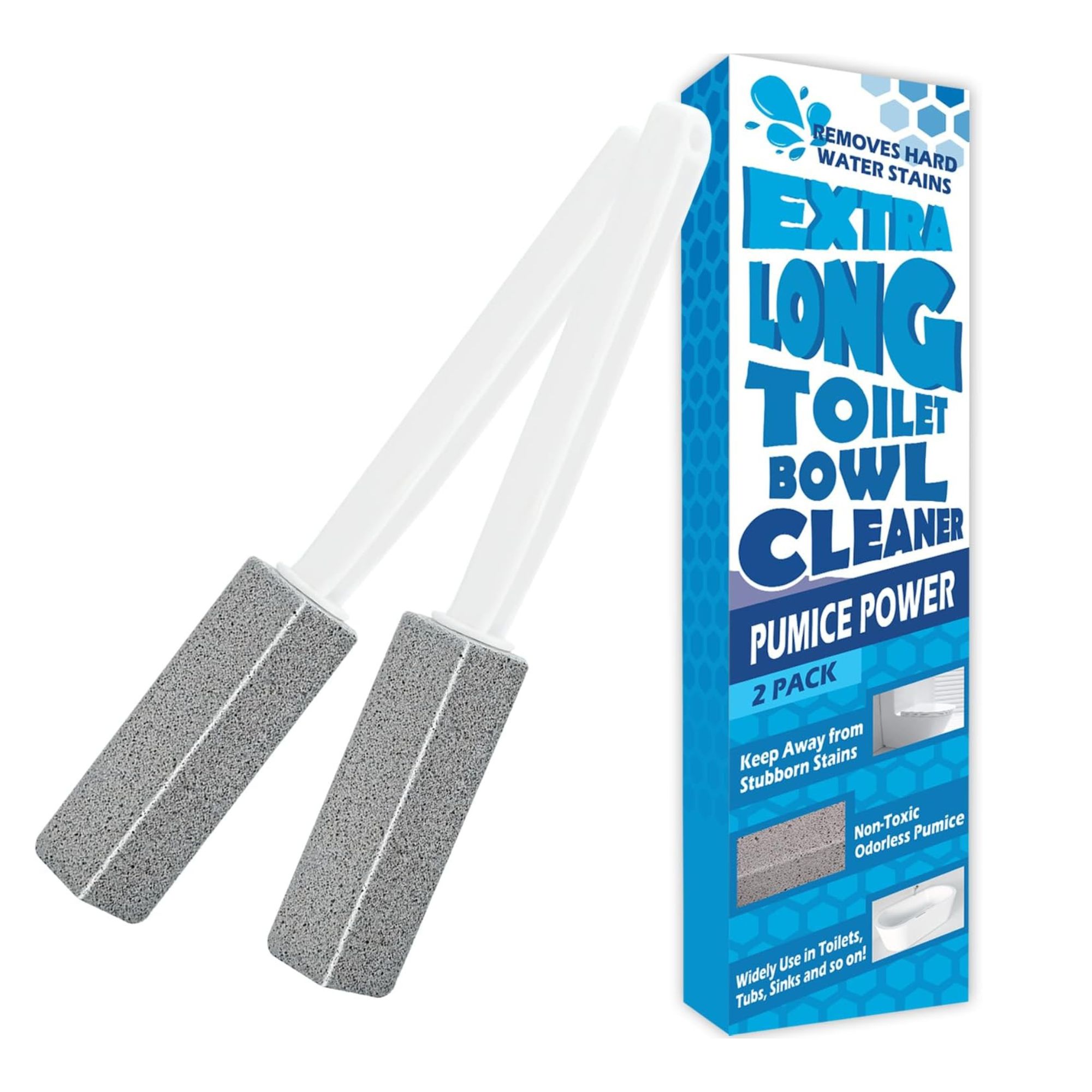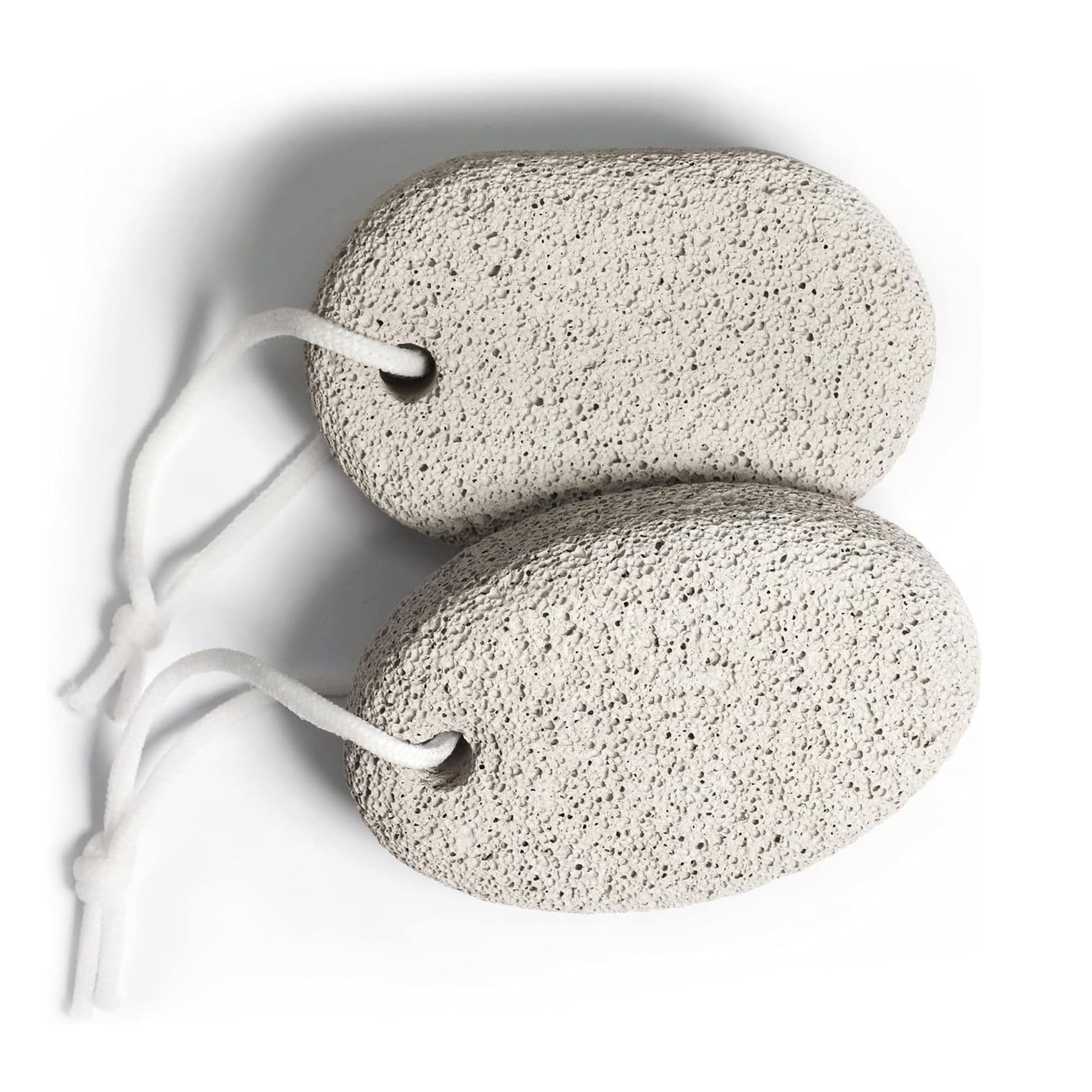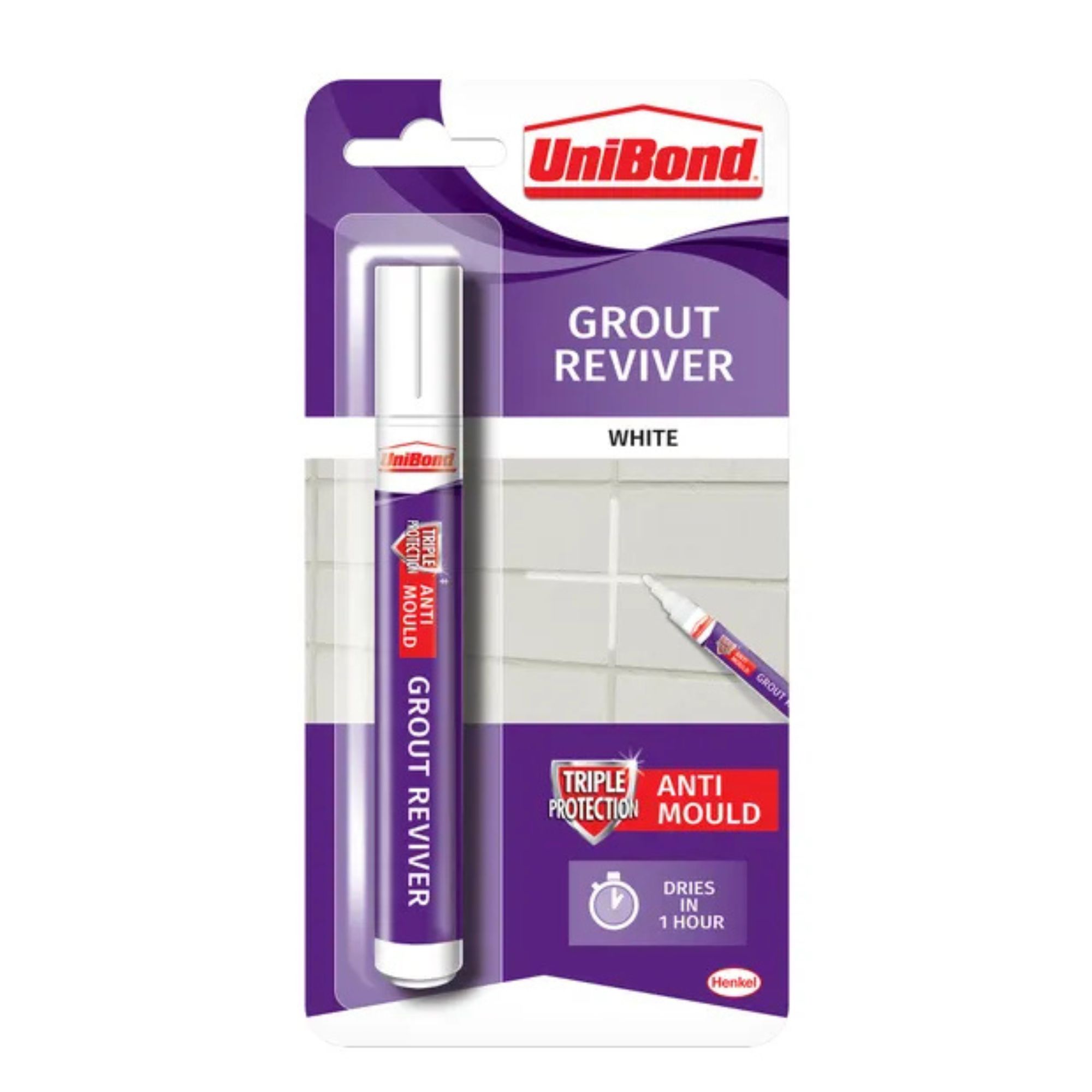Are you cleaning these 5 things around your home with a pumice stone? Experts say you should be
No, pumice stones aren’t just for your feet…

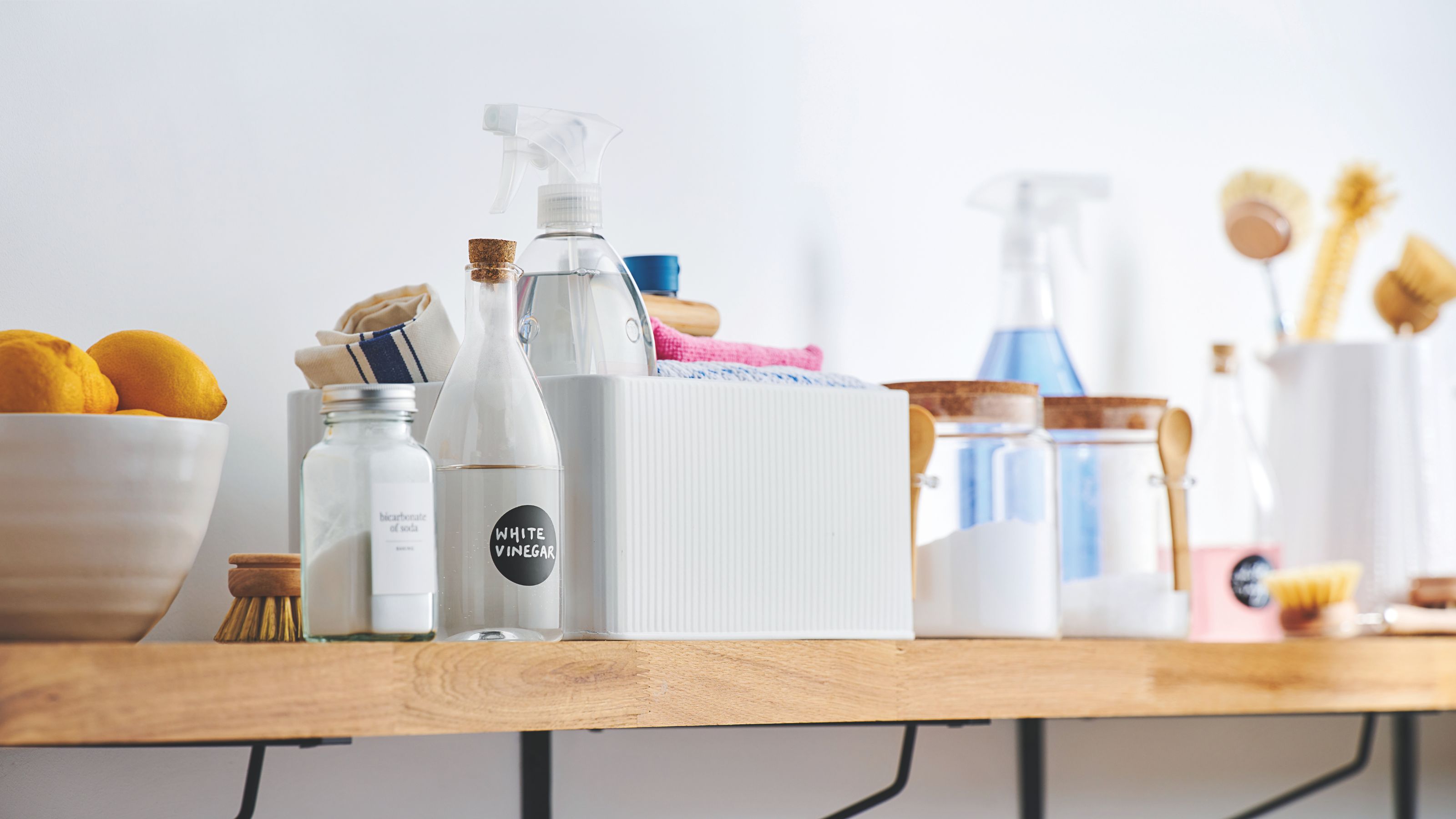
When you think of a pumice stone, you probably think of the hard, crusty skin on the bottom of your feet (well, maybe not your feet personally). But what many people don’t realise is that you can also use a pumice stone for cleaning countless areas of your home.
Of all the cleaning tips and tricks out there, using something you typically use on your feet to clean the areas where you lounge, eat, shower, and do your ‘business’ is by far the wackiest. However, this handy tool can help you tick items off your cleaning checklist in no time - and save you money, as you probably already have one of these in your bathroom cabinet.
While the best cleaning products can be a welcome addition to your cleaning caddy, sometimes the simplest and most unusual products can make the biggest difference. And according to experts, these are five ways you can use a pumice stone for cleaning around the house.
1. Clean the inside of your toilet
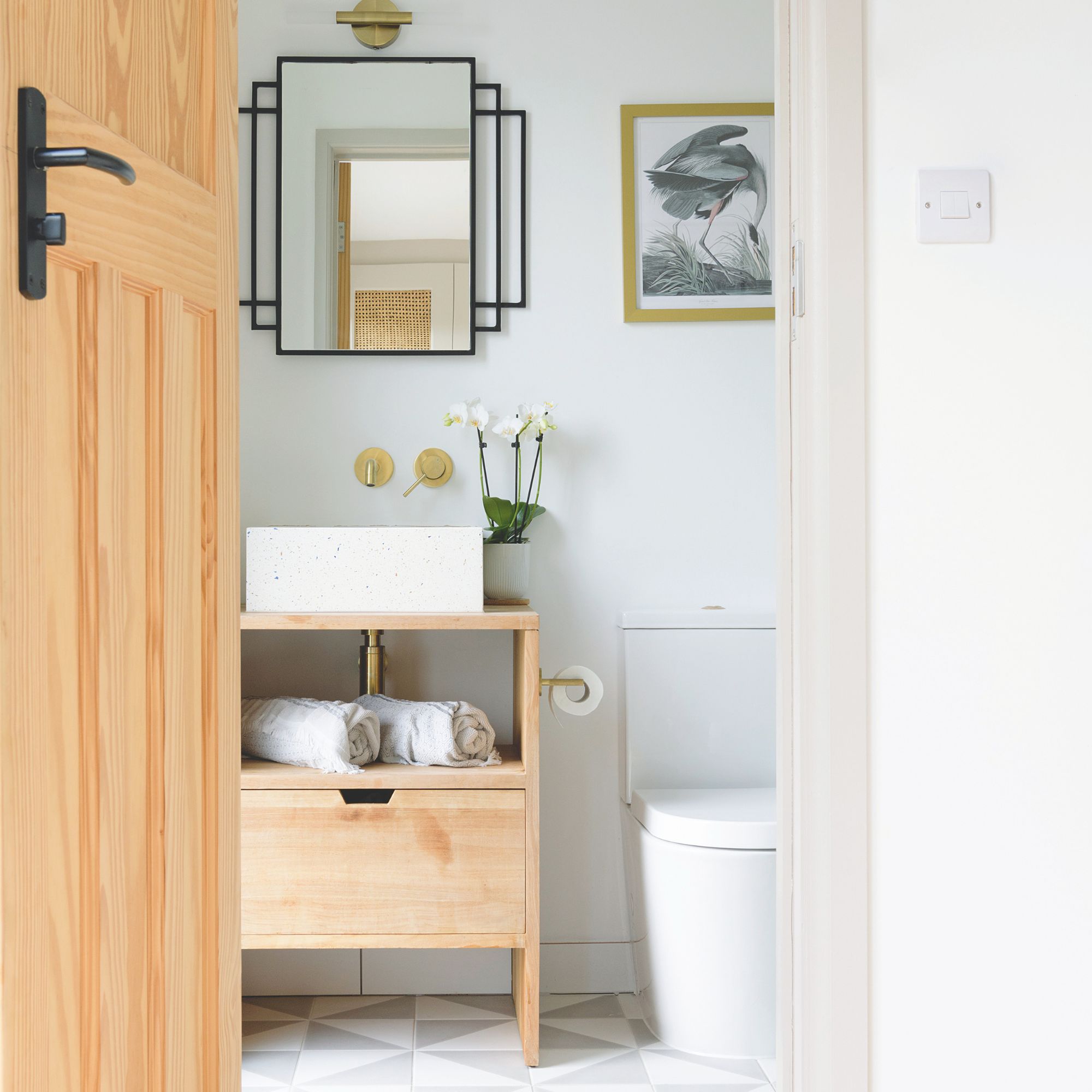
Cleaning the inside of your toilet with a pumice stone is perhaps one of the best toilet cleaning hacks out there. This is especially true if you live in a hard water area and struggle to clean limescale from toilets, which can be a constant battle.
However, John Cutts, an expert at MeandMyGlass.co.uk, explains, ‘A pumice stone can be a great way to get rid of hard water build-up on the toilet. Make sure to scrub the stains off gently to avoid scratches and excess damage.’
And while this method can be extremely effective, Lauren Daly, an eco-conscious cleaning company owner and founder of Natrie, has also issued a warning about this hack. She says, ‘Just make sure you push the water out first with a toilet brush, and my top tip would be to ALWAYS use these damp - when dry, they are too liable to scratch every surface they touch.’
2. De-grease your oven
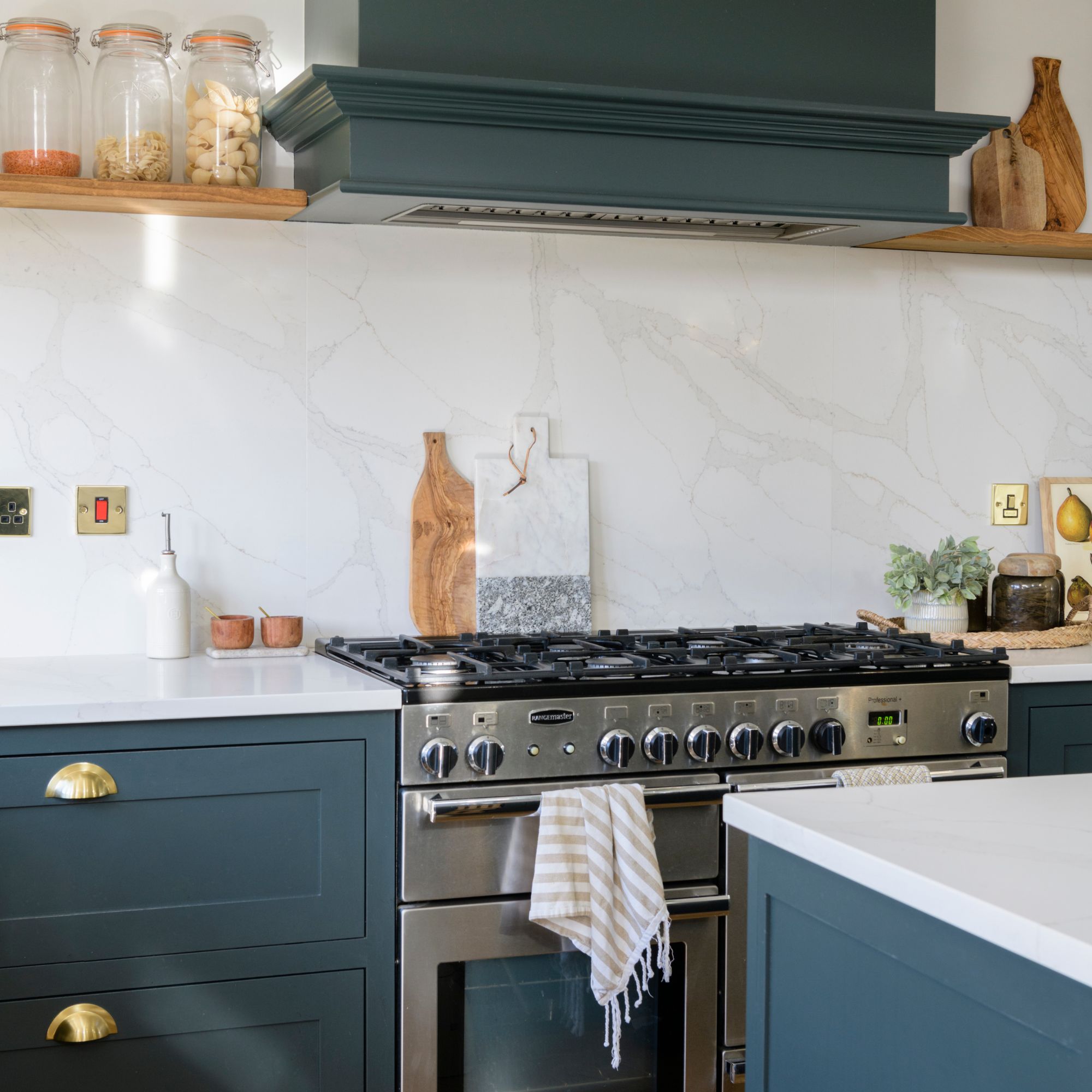
Although many of us have switched to the best air fryers to cook our meals, our ovens still come in handy for low and slow cooking or when catering for larger groups. But it’s fair to say that ovens can get pretty greasy - and oven cleaning mistakes can make it look even worse if you’re not careful.
Sign up to our newsletter for style inspiration, real homes, project and garden advice and shopping know-how
However, one oven-cleaning hack that is definitely not a mistake is using a pumice stone. In fact, from her own experience, professional cleaner Lauren says, ‘They can be amazing for cleaning ovens!’
She adds, ‘Once damp, they can be used to scrub off burnt-on deposits and hardened grease, even better if you have soaked the oven racks in chosen degreaser/oven cleaner first. Then, you can use a pumice stone to scrub off burnt on deposits on the racks, bottom of the oven or even the door (please do be careful though to avoid scratching).’
3. Get pet hair off your sofa
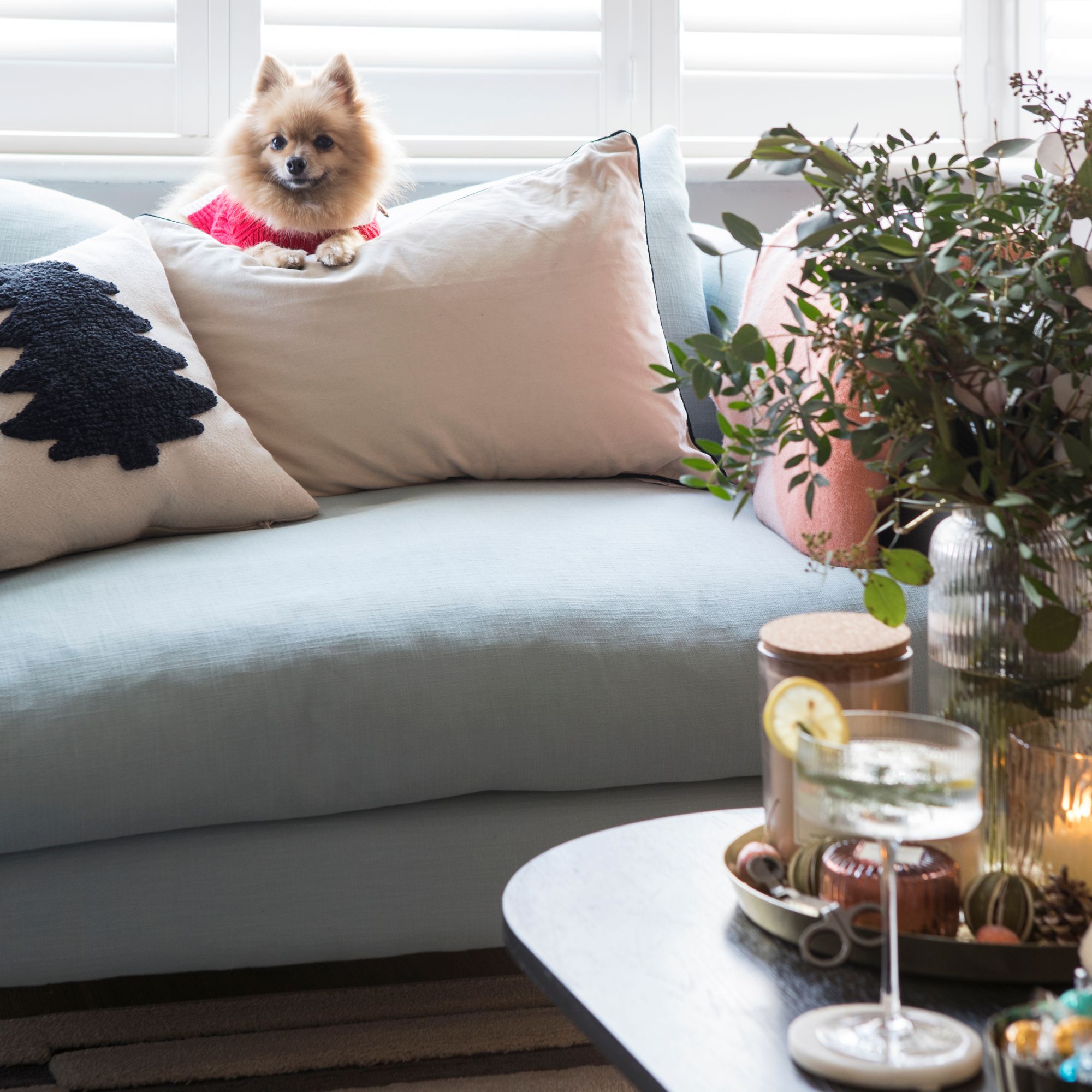
While the best vacuum cleaners for pet hair can get pet hair off your sofa, they’re not always 100% effective, especially on certain fabrics. Sometimes, you need to get your hands dirty to really get into the nooks and crannies - and that’s where using a pumice stone for cleaning can help.
Monika Puccio, Head Buyer at Sofa Club, says, ‘Using a pumice stone to remove pet hair from a sofa is simple and effective, especially for tougher fabrics like microfibre or synthetic upholstery. The porous texture of the pumice stone easily lifts embedded pet hair.’
However, there’s a technique to doing this. ‘Hold the pumice stone at a slight angle (about 30-45 degrees) to the fabric surface,’ says Monika. ‘Using light pressure, gently glide the pumice stone across the fabric in one direction. Pet hair will start gathering in clumps that you can easily lift off or vacuum.’
Monika advises against using a pumice stone on delicate materials such as velvet or silk when cleaning a sofa, though.
4. Remove limescale from taps
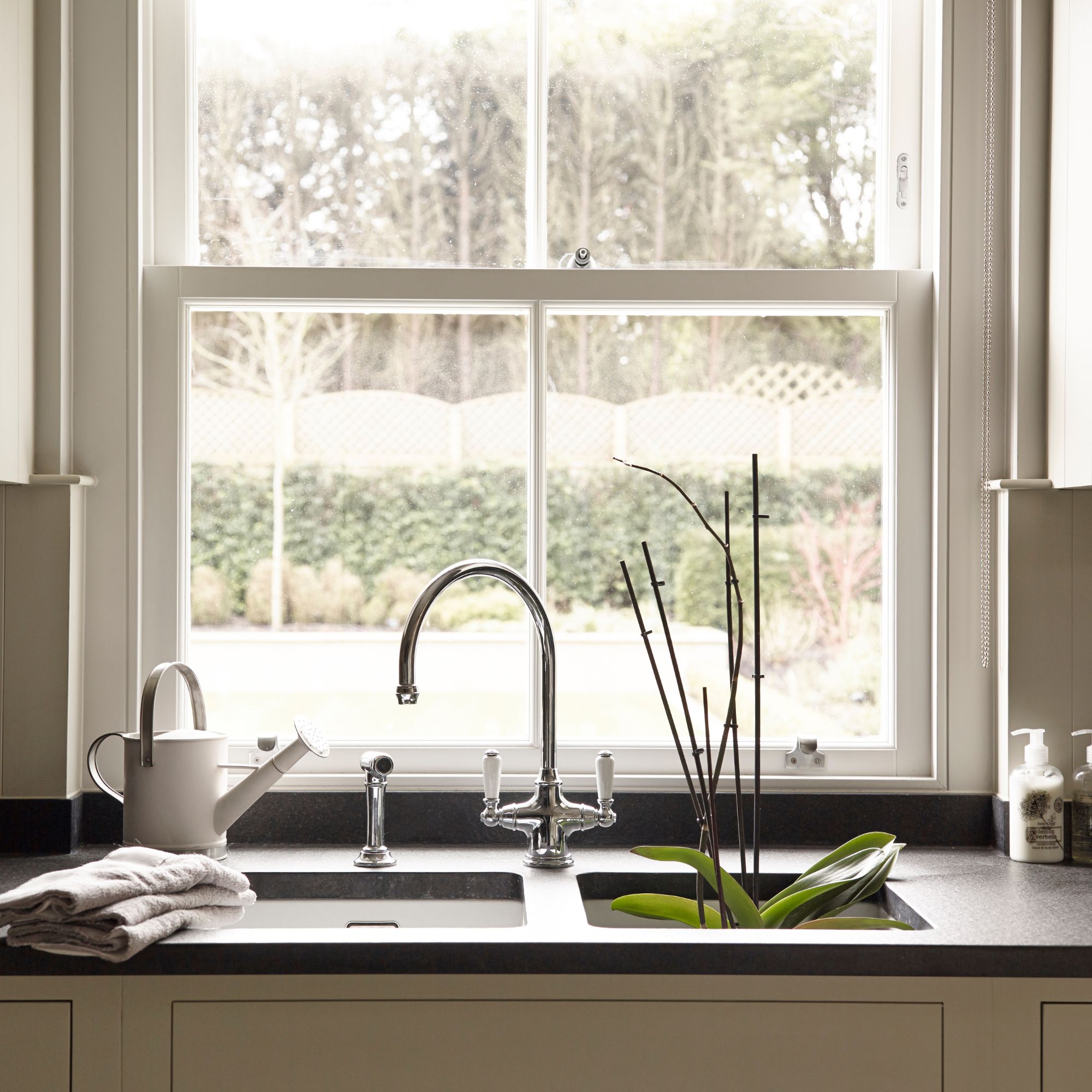
Just as limescale can be a problem in your toilet bowl, it can also be a serious problem for your bathroom and kitchen taps. Too much hard water build-up can leave them looking crusty and stop them from shining as you’d like.
And while there are many ways to remove limescale from taps, cleaning with a pumice stone could be your saving grace. Lauren has used this method herself and has found it to be extremely effective, but you do also need to be careful - and you should always double-check the material of your taps first.
She advises, ‘I really would be careful to patch-test an inconspicuous area first, as I have known the black taps to be damaged by pumice stones.You should never use them on areas that are sensitive to abrasive cleaners either, i.e., those black taps, mirrors, stainless steel taps, and please don’t use them in brushed aluminium!’
5. Get the grime out of your grout
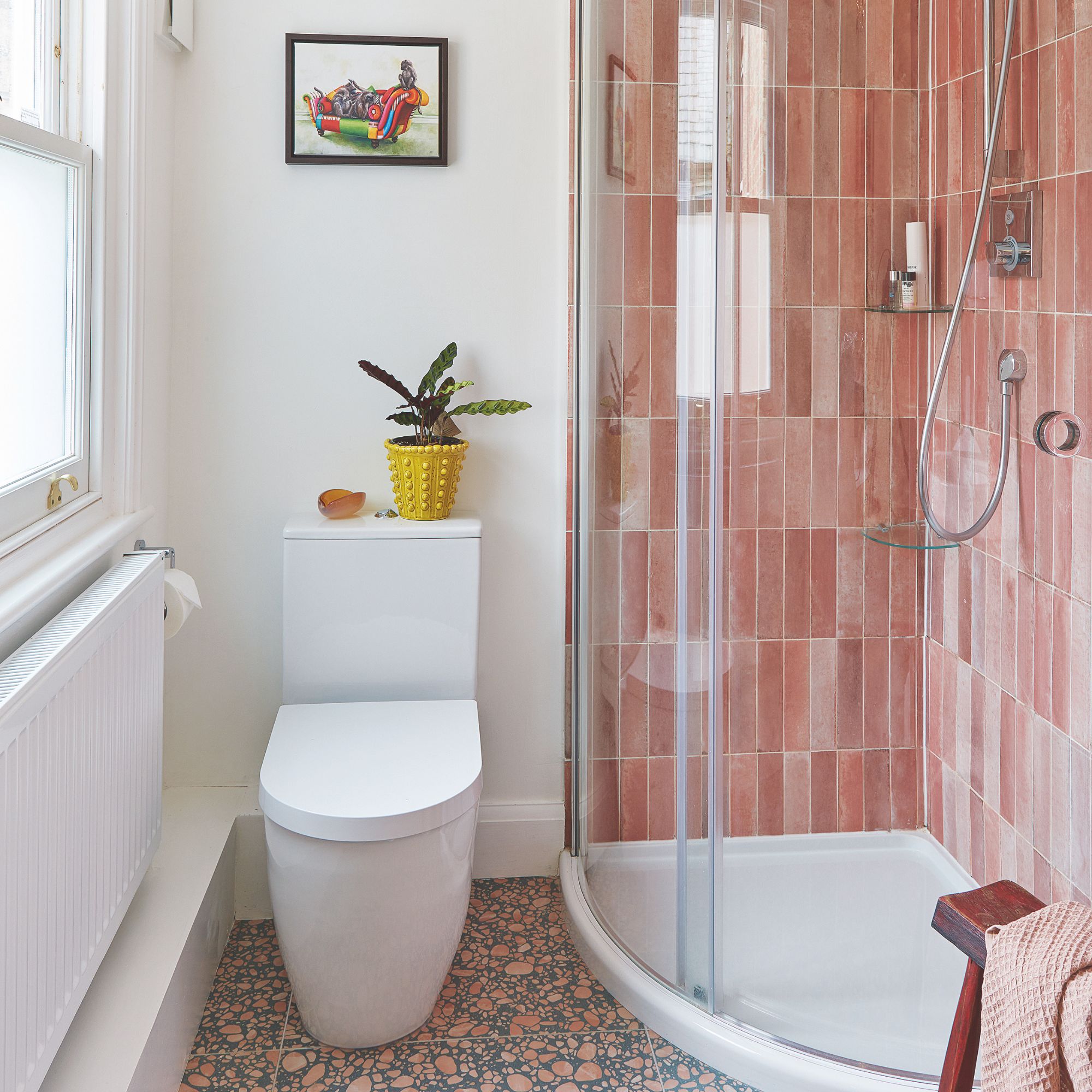
You're not alone if you feel like cleaning grout is a never-ending battle. As soon as the tiles on your walls and floors get dirty, so does the grout - and dirt and debris can often seem impossible to remove.
But as Lauren says, pumice stones can help to clean grout. ‘I have also used them in the past on shower grouting and some shower tiles,’ she explains. ‘These can be used effectively to remove mildew, limescale and body fat deposits!’
Although cleaning with a pumice stone can remove this grimy build-up, it may not be able to fix the discolouration. So, you may still want to use a grout pen to freshen things up when you’re done.
FAQs
Can bacteria grow on pumice stone?
Yes, bacteria can grow on a pumice stone - even if it’s not visibly dirty. Although pumice stones are more effective when they are wet, they can become a breeding ground for bacteria if not cared for correctly. So, you should always wash a pumice stone after use with warm water, washing-up liquid, and a toothbrush to get into the nooks and crannies.
When should you throw away a pumice stone?
Even if your pumice stone looks in good condition, you should throw it out and replace it with a new one every couple of months. This is to maintain its effectiveness and keep it as clean as possible.
Of course, if it loses its rough texture or is not working as well as it once was before, you can replace it earlier than that.

Lauren Bradbury has been the Content Editor for the House Manual section since January 2025 but worked with the team as a freelancer for a year and a half before that. She graduated with a Bachelor’s degree in English and Creative Writing from the University of Chichester in 2016. Then, she dipped her toe into the world of content writing, primarily focusing on home content. After years of agency work, she decided to take the plunge and become a full-time freelancer for online publications, including Real Homes and Ideal Home, before taking on this permanent role. Now, she spends her days searching for the best decluttering and cleaning hacks and creating handy how-to guides for homeowners and renters alike, as well as testing vacuums as part of her role as the Ideal Home Certified Expert in Training on Vacuums, having spent over 110 hours testing different vacuum models to date!
